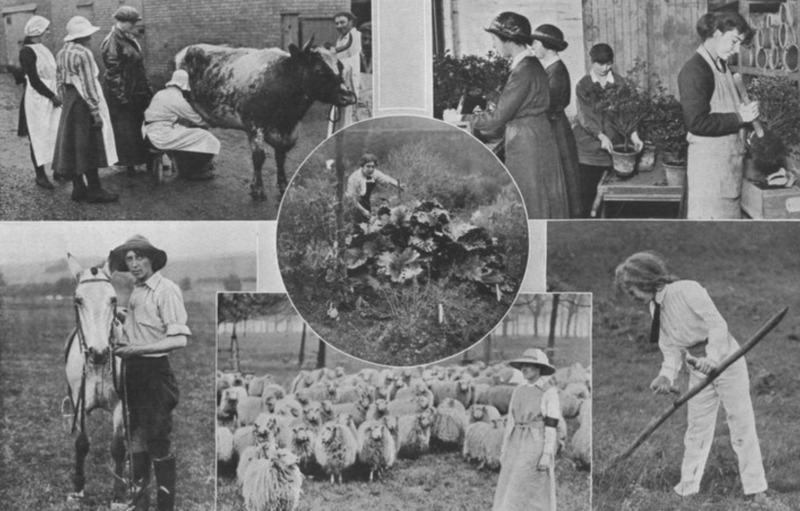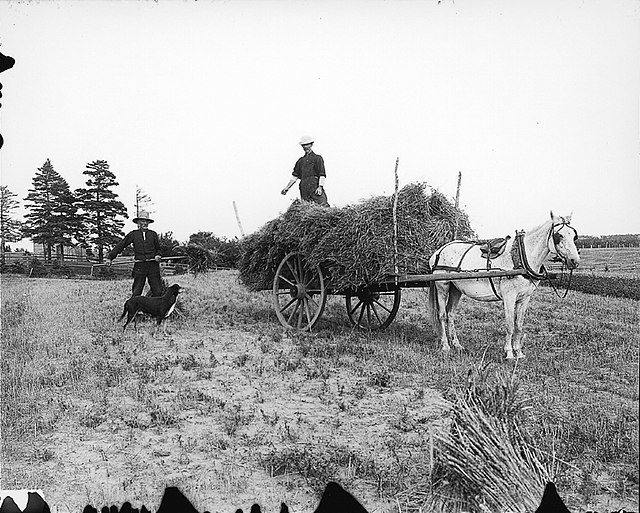Women Working the Land
In 1914, shortly after Britain declared war, two women from Brantford, Ontario, led the effort to support the troops from home via agriculture (Norman, 2012). During this time, with the men away at war, women were left to take care of not only the children and homesteads, but the farms as well (Government of Canada, 2017). Canadian women that took up work in agriculture were backed by government entities, such as the Farm Service Corps, that aimed to entice women to work the land in place of the men (Canadian War Museum, n.d.). During this time, women would be responsible for all the duties on the farm, such as planting and pruning, harvesting, packaging and sending off crops to be shipped (Taylor, 2014). These women were referred to as Farmerettes (Canadian War Museum, n.d), and were integral in maintaining a food supply during the war. While women may have always had a place on the farm, it was now left solely to them to maintain them while their husbands were away.

